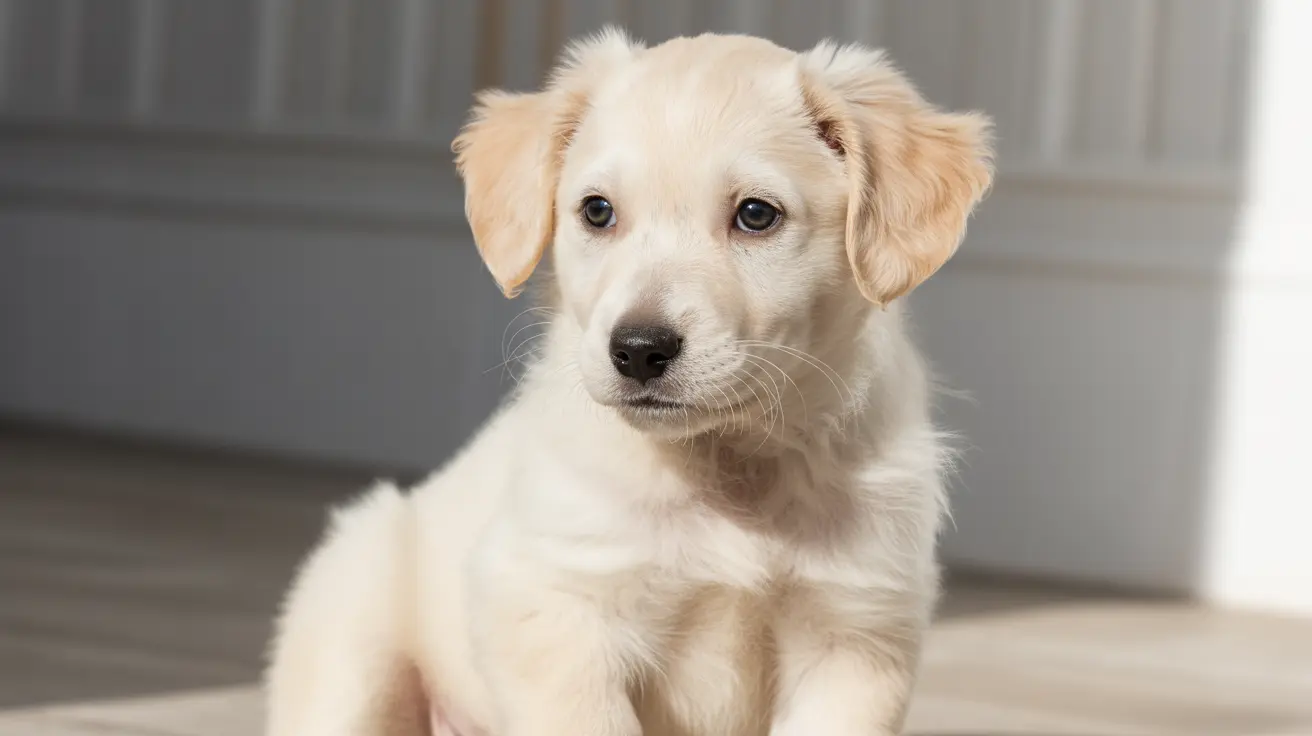Bringing a new puppy into your home is an exciting adventure, but it requires careful planning when you already have a resident dog. This comprehensive guide will walk you through the essential steps to prepare your dog for a new puppy, ensuring a smooth transition and fostering a positive relationship between your pets.
Creating harmony between your existing dog and a new puppy isn't just about the first meeting—it's about laying the groundwork for a lasting, peaceful relationship. With proper preparation and patience, you can help both dogs adjust to their new living arrangement successfully.
Setting Up Your Home for Success
Before bringing your new puppy home, creating separate spaces for both dogs is crucial. Set up distinct areas for feeding, sleeping, and relaxation to prevent territorial disputes and reduce stress.
Install baby gates to create safe zones where each dog can retreat when feeling overwhelmed. This physical separation helps establish boundaries and gives both pets the space they need to decompress.
Creating Positive First Impressions
The initial introduction between your resident dog and new puppy is critical for their future relationship. Choose a neutral location outside your home, such as a quiet park or a neighbor's fenced yard, to minimize territorial behavior.
Keep both dogs on loose leashes and maintain a calm, positive atmosphere. Reward your existing dog for calm, appropriate behavior toward the puppy with high-value treats and praise.
Managing the Transition Period
During the first few weeks, supervise all interactions between your dogs. Start with short, controlled meetings and gradually increase the duration as both pets show signs of comfort and positive engagement.
Maintain your older dog's routine as much as possible, including regular exercise, feeding schedules, and one-on-one attention. This consistency helps reduce anxiety and reassures your resident dog that they haven't been replaced.
Training and Behavioral Management
Continue individual training sessions with both dogs while also implementing structured training time together. This helps establish clear expectations and reinforces good behavior for both pets.
Address any signs of resource guarding immediately by providing separate feeding areas and multiple sets of toys. Never force interactions between the dogs—let them set the pace for their developing relationship.
Promoting Long-term Harmony
As your dogs adjust to living together, maintain consistent rules and boundaries. Ensure both pets receive adequate individual attention and exercise to prevent competition for resources or affection.
Create positive associations by planning enjoyable activities that involve both dogs, such as parallel walks or supervised play sessions, always ending on a positive note.
Frequently Asked Questions
How do I prepare my existing dog for the arrival of a new puppy?
Begin by creating separate spaces for each dog, maintaining your existing dog's routine, and introducing your dog to puppy-related items gradually. Consider allowing your dog to smell items with the puppy's scent before the actual introduction.
Why is it important to introduce dogs in a neutral location?
Neutral locations reduce territorial behavior and possessiveness, allowing dogs to meet on equal terms without the resident dog feeling the need to defend their territory.
What are the best strategies for preventing resource guarding between multiple dogs?
Provide separate feeding areas, multiple sets of toys, and individual attention for each dog. Never force them to share resources, and supervise all interactions until a stable relationship is established.
How can I ensure a smooth transition for both dogs during the initial introduction process?
Keep introductions brief and positive, use plenty of rewards for good behavior, and always supervise interactions. Progress gradually from separated spaces to controlled meetings, watching for signs of stress or discomfort.
How long does it typically take for dogs to adjust to living with a new puppy in the same household?
The adjustment period varies significantly between dogs, ranging from a few weeks to several months. Some dogs adapt quickly, while others need more time to accept the new family dynamic. Patience and consistency are key to successful integration.
Conclusion
Successfully preparing your dog for a new puppy requires patience, planning, and dedication to positive reinforcement. By following these guidelines and remaining attentive to both dogs' needs, you can create a harmonious household where both pets thrive together.






